Technology... Never-ending compatibility problems....
Here is the 24-pin ATX connector of my new power supply
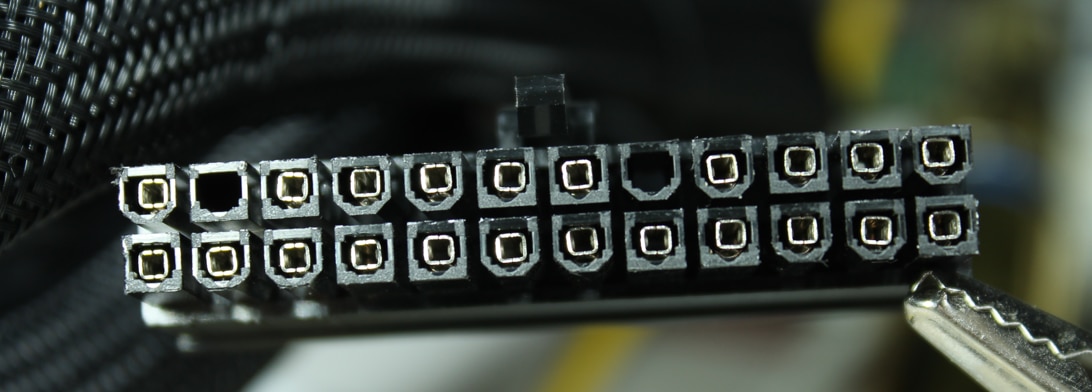
Two of the pins are missing.
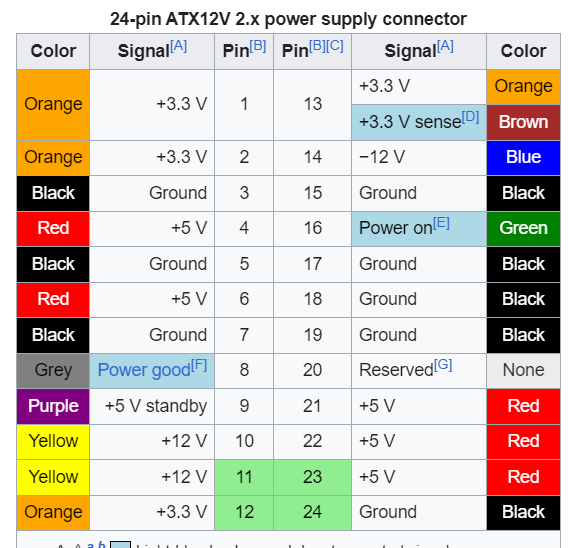
Pin 20 was formally -5V and has been omitted from ATX power supplies for a very long time.
No negative 12 volt supply for me! Somehow I missed that looking at the product spec, and no one seem to mention it either.
Here is the ATX V3.0 power specification
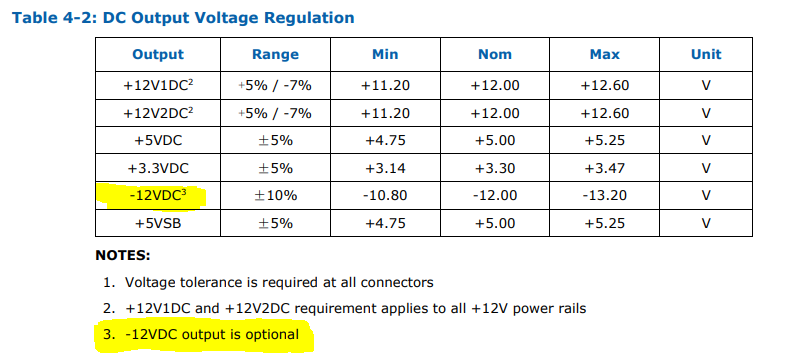
https://www.cybenetics.com/attachs/52.pdf
The negative 12V supply is optional... great!
What is the negative 12V supply used for?
I am just going off the b350 chipset motherboard schematics available here: https://github.com/YeaTheMen/am4-motherboard/tree/main/Other%20Board%20Schematics
In many cases nothing.
In one case an RS232 line driver/receiver
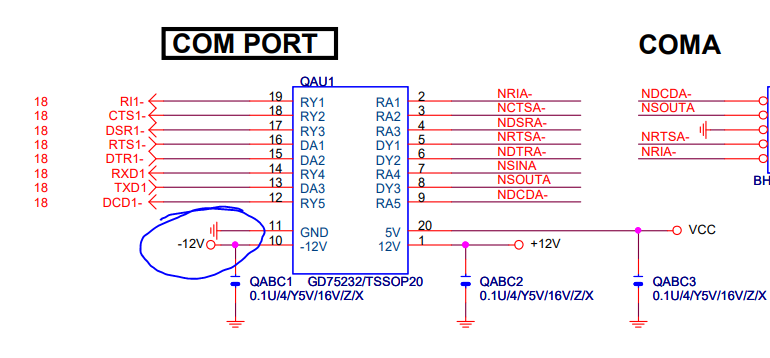
In another case, an amplifier/buffer for a second audio line out for the front panel
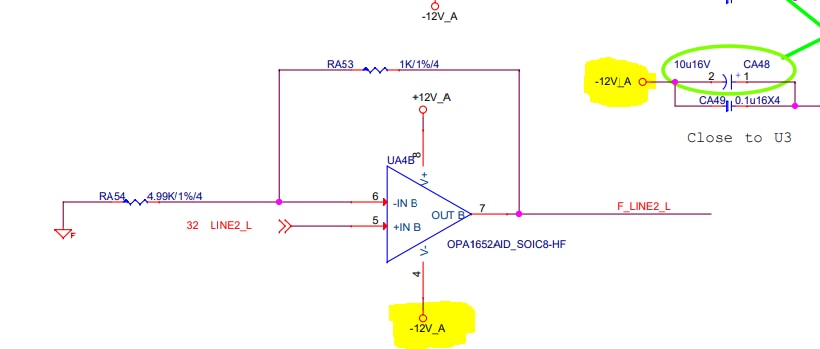
Something to watch out for. In the two examples above, having the -12V rail tied to ground wouldn't be catastrophic, though the op-amp and rs232 would not function as intended...
